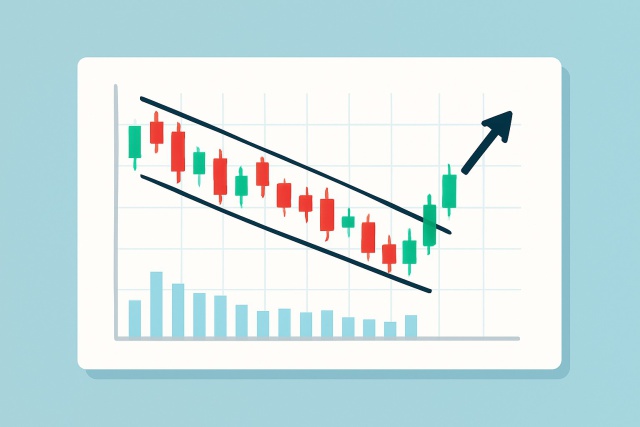
How to Trade a Wedge Falling Pattern
Discover the wedge falling pattern's secrets and learn step-by-step how to trade this powerful techn...
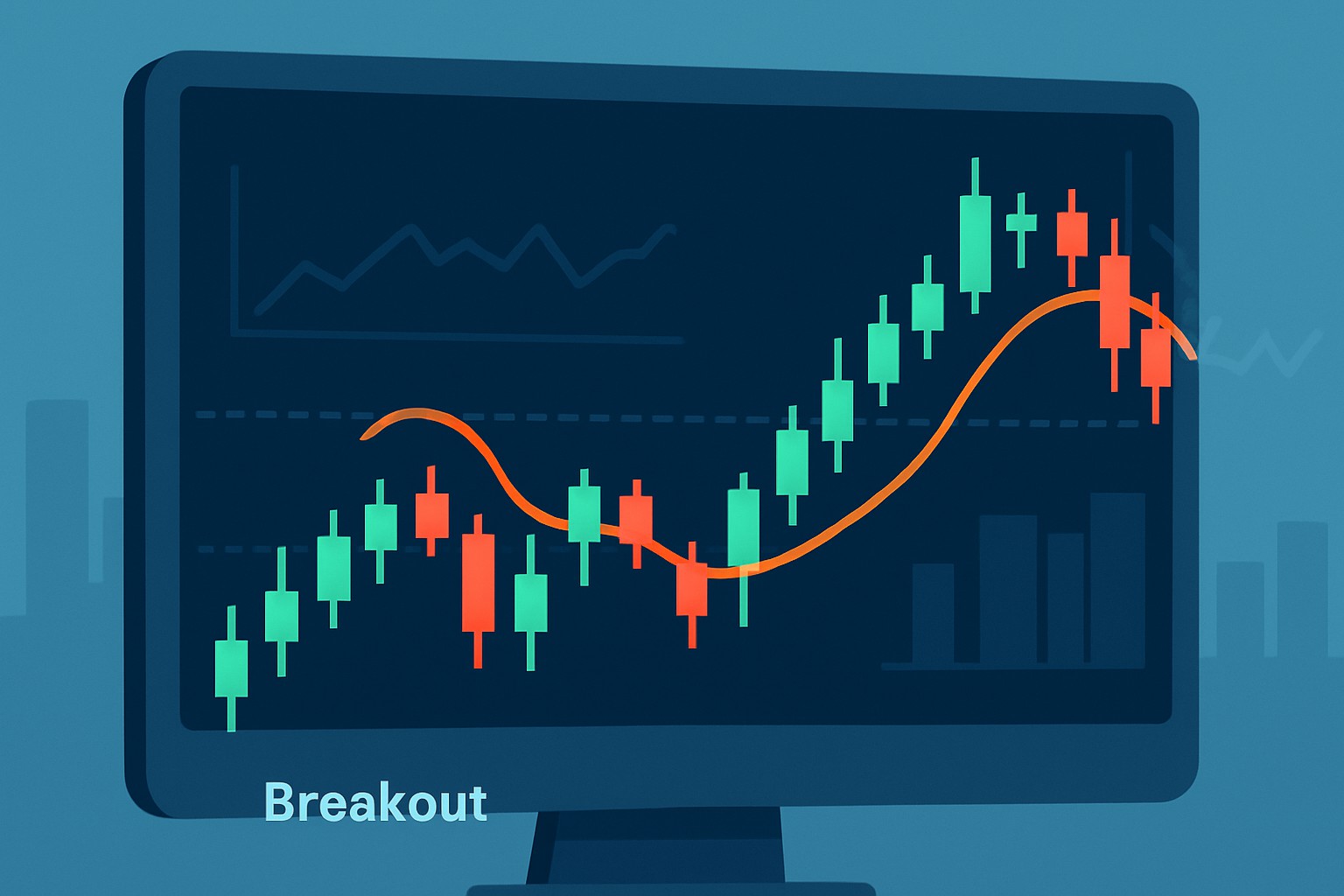
Move indice patterns play an important role in technical analysis as a roadmap that helps traders and analysts decode how price action unfolds over time. For those just starting with trend analysis, learning these patterns offers handy insights into market momentum and potential turning points. By breaking down complex price movements into clearer signals, move indice analysis gives you the tools to better anticipate market twists and turns.
A move indice is a calculated metric that reveals just how strong price movements are unfolding in the market. Think of it as a handy numerical shortcut to gauge momentum, giving analysts a clearer picture of how robust a trend really is.
Spotting move indice patterns takes a keen eye for price behavior and subtle shifts in momentum that can easily slip past the untrained glance. When traders get the hang of picking up signals like breakouts, reversals, consolidations and spurts of acceleration, they often find themselves armed with insights that truly help in anticipating market moves.
Keep an eye out for breakout patterns by spotting sharp price moves that push past key resistance or support levels, especially when the move indice readings are rising. It’s like catching the market as it catches its breath before sprinting.
Pay attention to trend reversals when the move indice starts to disagree with price action. This often hints that momentum is losing steam, similar to a car running out of gas on a long hill.
Get familiar with consolidation phases by noticing flat or tight price ranges where the move indice stays low. This signals the market is feeling unsure and indecisive—think of it as the market scratching its head.
Spot acceleration moves when sudden spikes in the move indice line up with strong price momentum. This suggests a trend that’s picking up speed and might be gathering steam for the next big push.

Example chart illustrating key move indice patterns: breakout, reversal, consolidation, and acceleration in trend analysis.
Interpreting move indice patterns is a bit more nuanced than just spotting them at a glance. It’s about figuring out whether a trend is gaining steam, beginning to fizzle out or tipping its hat before a possible reversal. When you combine move indice insights with volume analysis and momentum indicators you get a much clearer and more trustworthy picture of what’s really going on in the market.
Pick a reliable charting tool like TradingView or TrendSpider. Both have advanced features that help when analyzing move indice and pattern analysis.
Carefully spot those move indice patterns by using the right indicators and looking at price formations that match typical trend behavior. It is like finding familiar footprints in a forest.
Double-check your trend signals by cross-referencing move indice data with volume and momentum indicators or trend lines. It’s like getting a second opinion before making a call.
Define clear entry and exit points based on confirmed move indice patterns. This is vital to balancing risk and reward. Think of it as the art of not putting all your eggs in one basket.
Keep your risk in check by setting stop-loss orders and sizing your positions wisely. Remember that not every pattern will lead to a winning trade. Hey, nobody’s perfect!
Beginners would do well to introduce move indice pattern analysis into their trading routine one step at a time. I’ve found it’s best to kick things off by backtesting strategies on platforms like TrendSpider, then gradually make the jump to real-time monitoring with TradingView’s user-friendly charts.
To really boost accuracy, it’s smart to combine move indice analysis with volume and momentum indicators that back up your findings. Staying disciplined with risk management like setting stop-losses is key. Patience is your best friend when it comes to tuning out the market’s background noise.
Mastering move indice patterns definitely calls for a good dose of patience and a streak of discipline. From what I’ve seen, success tends to favor those who mix solid knowledge with steady practice and a keen eye on risk management—you know, playing it smart rather than chasing quick wins.
Getting your hands on the right charting software and solid educational tools can truly level up how you dissect those move indice patterns. Platforms like TradingView have interfaces so intuitive that even if you’re just starting out you won’t feel lost in the weeds. On the flip side, tools like TrendSpider bring automated pattern recognition and alerts to the table.
Struggling to improve your trading performance? Edgewonk's advanced analytics tools are designed to give you the edge you need.
With detailed trade journaling, robust strategy analysis, and psychological insights, you'll gain a comprehensive understanding of your strengths and weaknesses. Don't miss out on this game-changing opportunity.
Traders, it's time to elevate your game. Edgewonk is the ultimate trading journal software designed to empower you with data-driven insights and personalized strategies. Take control of your trading journey and maximize your potential.
15 articles published
Known for demystifying complex derivatives trading through accessible education, this former Wall Street trader turned educator empowers retail investors with institutional-level strategies.
Read Posts
Discover the wedge falling pattern's secrets and learn step-by-step how to trade this powerful techn...
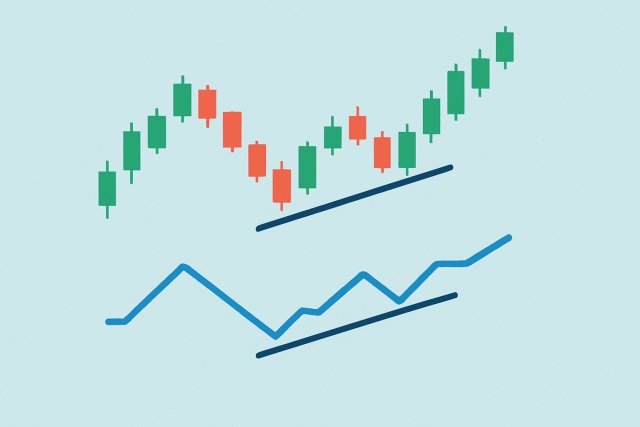
Hidden bullish divergence is a key technical indicator revealing strong buying pressure beneath unce...
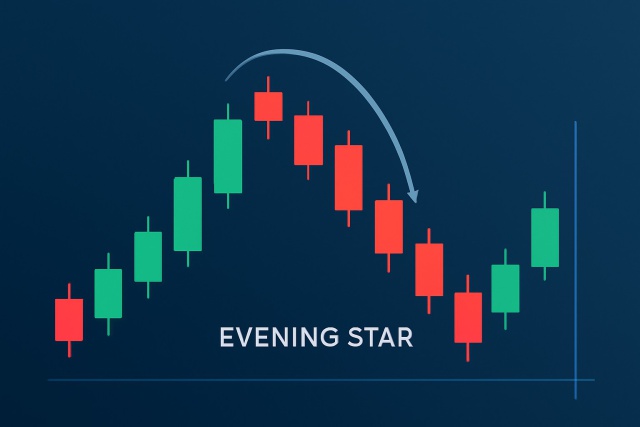
Discover how to recognize the evening star candlestick pattern—a powerful signal highlighting potent...
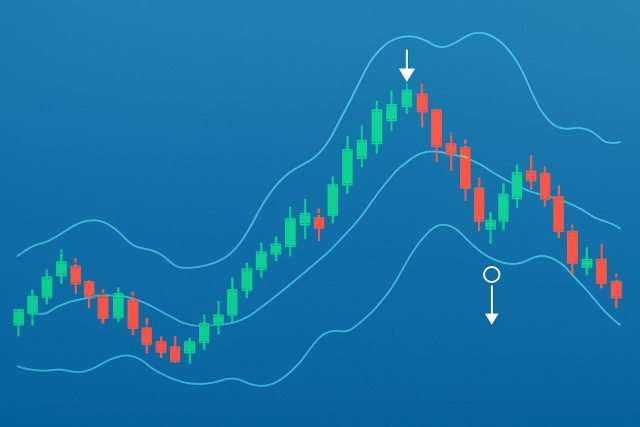
Master trading with Bollinger Bands by understanding volatility, setup patterns, and risk management...
